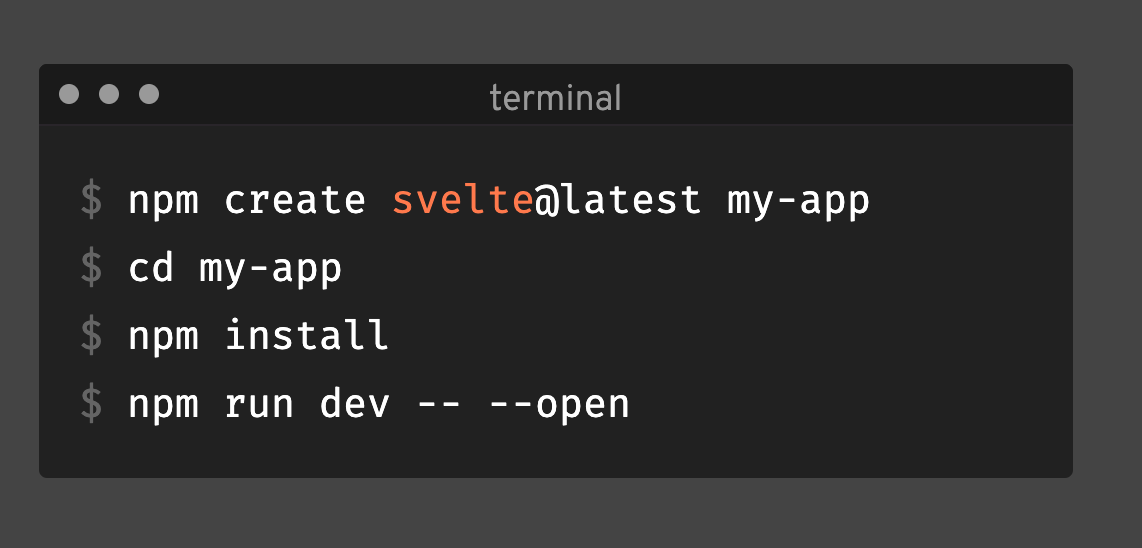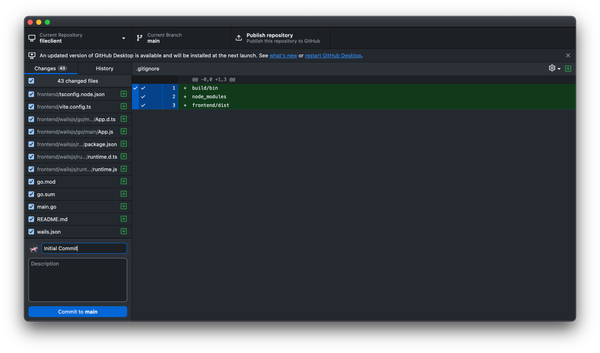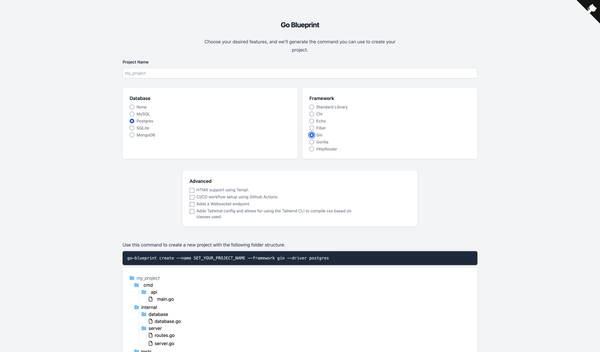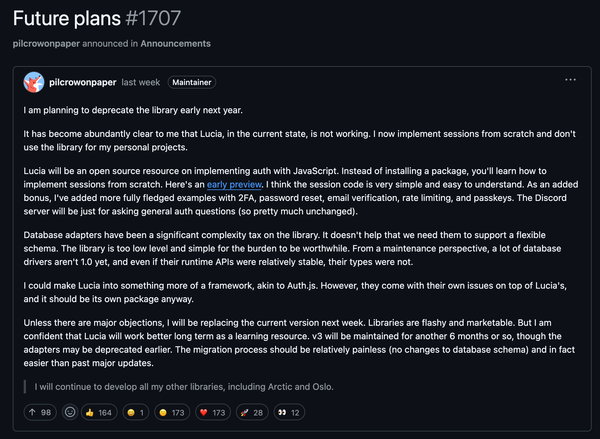SvelteKit: The Future of Web Development
Explore why SvelteKit is revolutionizing web development with its simplicity, performance, and versatility, making it the go-to choice for modern developers.

In the ever-evolving landscape of web development, a new player has been capturing the attention and imagination of developers around the world: SvelteKit. This next-generation framework, building on the success of Svelte, promises to make building web applications faster, more efficient, and more enjoyable. The buzz around SvelteKit isn't just hype; it's a reflection of its potential to revolutionize the way we think about and build web applications. Let's dive into what makes SvelteKit stand out and why it's becoming a preferred choice for modern web development.
What is SvelteKit?
SvelteKit is a framework for building highly dynamic, efficient, and scalable web applications. It's built on top of Svelte, a revolutionary component framework that deviates from traditional web development frameworks by shifting much of the work to compile time, resulting in faster, leaner applications. SvelteKit takes this a step further by providing a comprehensive set of tools and features designed to handle all aspects of web development, from routing and server-side rendering to static site generation and API endpoints.
Why the Hype?
- Simplicity and Developer Experience: One of the core reasons behind SvelteKit's growing popularity is its focus on simplicity and improving the developer experience. The framework aims to reduce boilerplate code and complexity, making it easier for developers to start projects and see them through to completion. This streamlined approach not only speeds up development time but also makes the process more enjoyable.
- Performance: SvelteKit applications are incredibly performant. By doing much of the heavy lifting at build time, SvelteKit minimizes the client-side JavaScript needed to run your application, resulting in faster load times and a smoother user experience. This efficiency is a significant advantage in an era where performance is closely tied to user satisfaction and SEO rankings.
- Versatility: Whether you're building a single-page application (SPA), a multi-page application (MPA), or a static site, SvelteKit is versatile enough to handle a wide range of project types and sizes. Its built-in support for server-side rendering (SSR) and static site generation (SSG) makes it a flexible choice for developers looking to optimize their applications for performance and SEO.
- Community and Ecosystem: Despite being relatively new, SvelteKit has quickly built a vibrant and supportive community. The ecosystem around Svelte and SvelteKit is growing, with a wide range of libraries, tools, and resources available to developers. This community support helps ease the learning curve and provides a wealth of knowledge and assistance for both new and experienced developers.
- Future-Proof: SvelteKit is designed with the future of web development in mind. It embraces modern web standards and best practices, ensuring that applications built with SvelteKit are ready to meet the demands of tomorrow's internet. Its modular architecture and flexible design mean that it can adapt to new technologies and trends, making it a smart choice for projects that need to stay ahead of the curve.
Conclusion
The hype surrounding SvelteKit is well-deserved. Its combination of performance, simplicity, versatility, and a strong community foundation positions it as a compelling choice for web developers. As the framework continues to evolve and mature, it's likely that we'll see even more innovative features and use cases emerge. Whether you're a seasoned developer or just starting out, exploring SvelteKit could be a game-changer for your web development projects, offering a glimpse into the future of building applications on the web.



